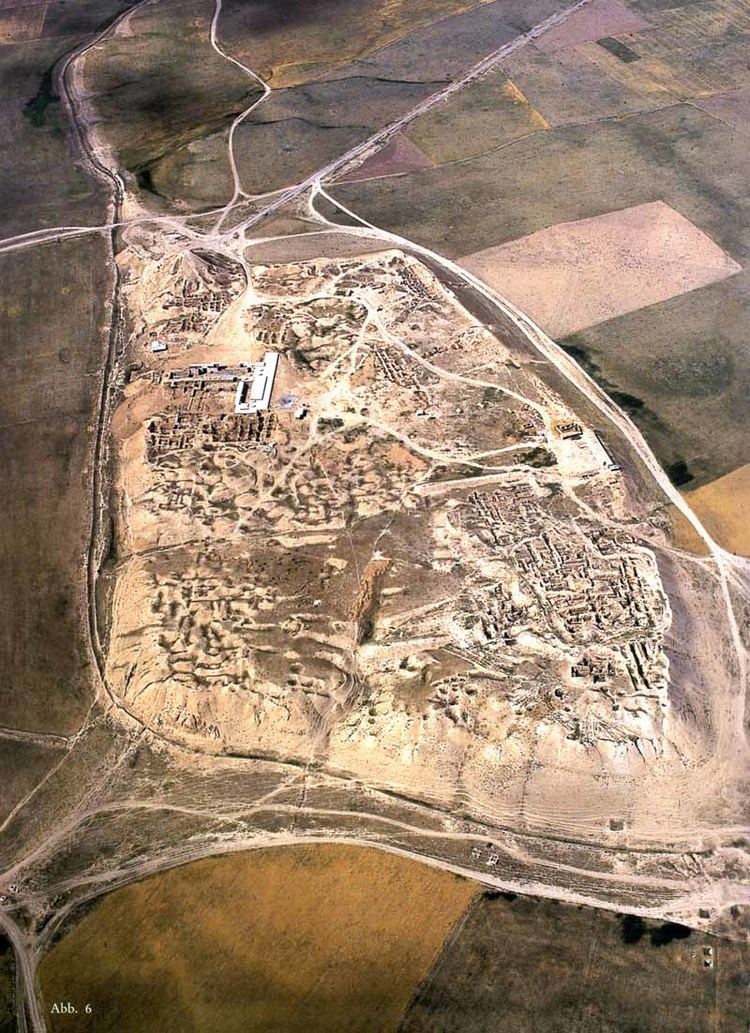|
Other Archaeological Sites / The Neolithic of the Levant (500 Page Book Online) Ancient Nimrud (Calah) ProofRead and Updated June 19th 2019 [Note: Spending much time in the vicinity of Mosul, Austen Henry Layard became increasingly interested in locating and unearthing the great cities of biblical renown. Mistaking Nimrūd, site of the Assyrian capital of Calah, for Nineveh, he excavated there (1845–51) and discovered the remains of palaces of 9th- and 7th-century-BC kings and a large number of important artworks. These included sculptures from the reign of King Ashurnasirpal II and a huge winged bull that remain among the most valued treasures of the British Museum. After his celebrated and unprecedented success, he turned his attention in 1849 to the mound opposite Mosul on the eastern bank of the Tigris River, where he found Nineveh. His new effort uncovered the palace of Sennacherib and many extraordinary artworks] (Encyclopaedia Britannica)
The walls enclosed circa 200 hectares and a citadel in the southwest corner housed a Ziggurat, a temple dedicated to Ninurta (patron deity of the city), another dedicated to Nabu (god of writing) and a series of palaces. The largest and most important is the Northwest Palace built by Assurnasirpal II ... Many sculptures were brought back to England by Layard and are now in the British Museum. In the southeast corner of the city was the arsenal built by Shalmaneser III (859-824 BC) and yet another royal palace. Perhaps the most famous finds from Nimrud are the delicately carved ivory plaques found in large numbers in the palaces of both the citadel and the arsenal. They may originally have been mounted on wooden furniture ... (AHSFC).
|



